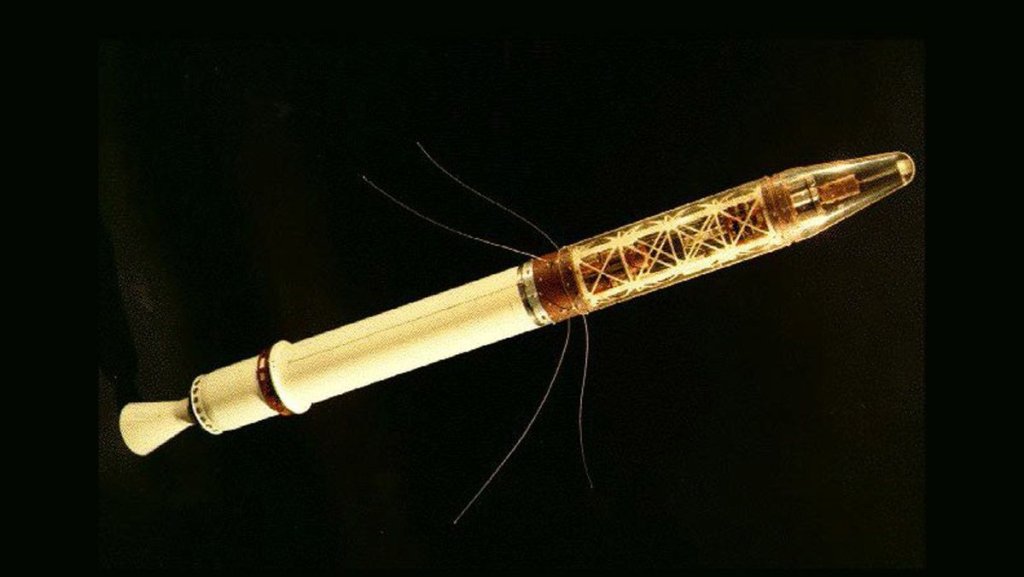On March 26, 1958, the United States launched its third satellite into space. Explorer 3 was almost identical to Explorer 1, the first satellite the U.S. ever launched. Explorer 3 was the first successful launch in the series after Explorer 1.
Explorer 3 launched on a Juno I rocket from Cape Canaveral, Florida and entered an eccentric orbit. This means it was following a long elliptical path around the Earth. Its payload included a cosmic ray counter and a micrometeorite detector.
The data from Explorer 3 and Explorer 1 led to the discovery of the Van Allen radiation belt. This is a region around the Earth where charged particles from the sun get trapped by Earth’s magnetic field. Explorer 3 spent 93 days orbiting the Earth before its orbit decayed.
—Relive the Launch of Explorer 1, America’s 1st Satellite (Videos)
—Explorer 1: How the First American Satellite Worked (Infographic)
—Explorer 1: America’s First Satellite in Pictures
—http://www.space.com/33948-van-allen-radiation-belts.html
—https://nssdc.gsfc.nasa.gov/nmc/masterCatalog.do?sc=1958-003A
On This Day in Space Archive!
Still not enough space? Don’t forget to check out our Space Image of the Day, and on the weekends our Best Space Photos and Top Space News Stories of the week.
Follow us @Spacedotcom and on Facebook.

